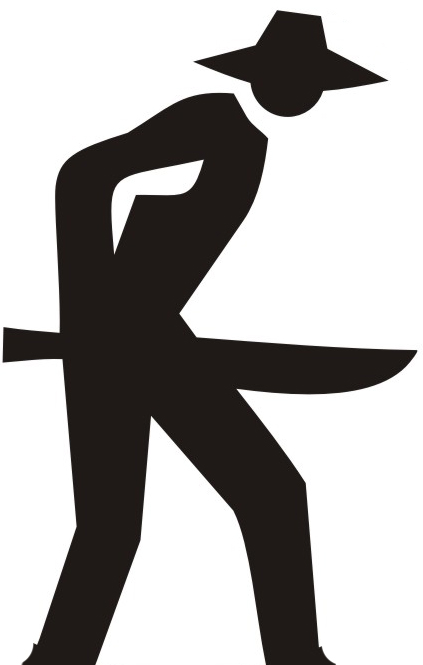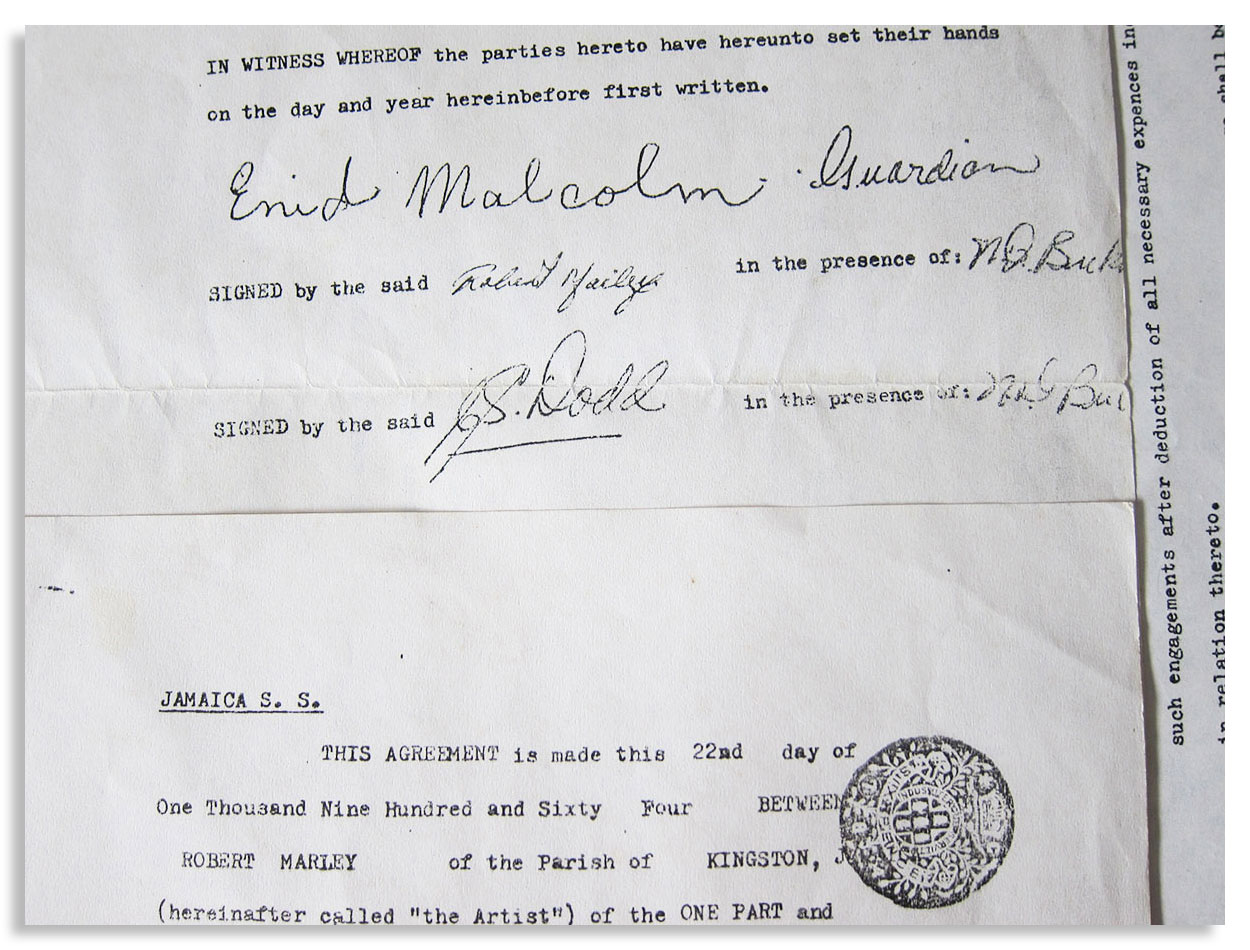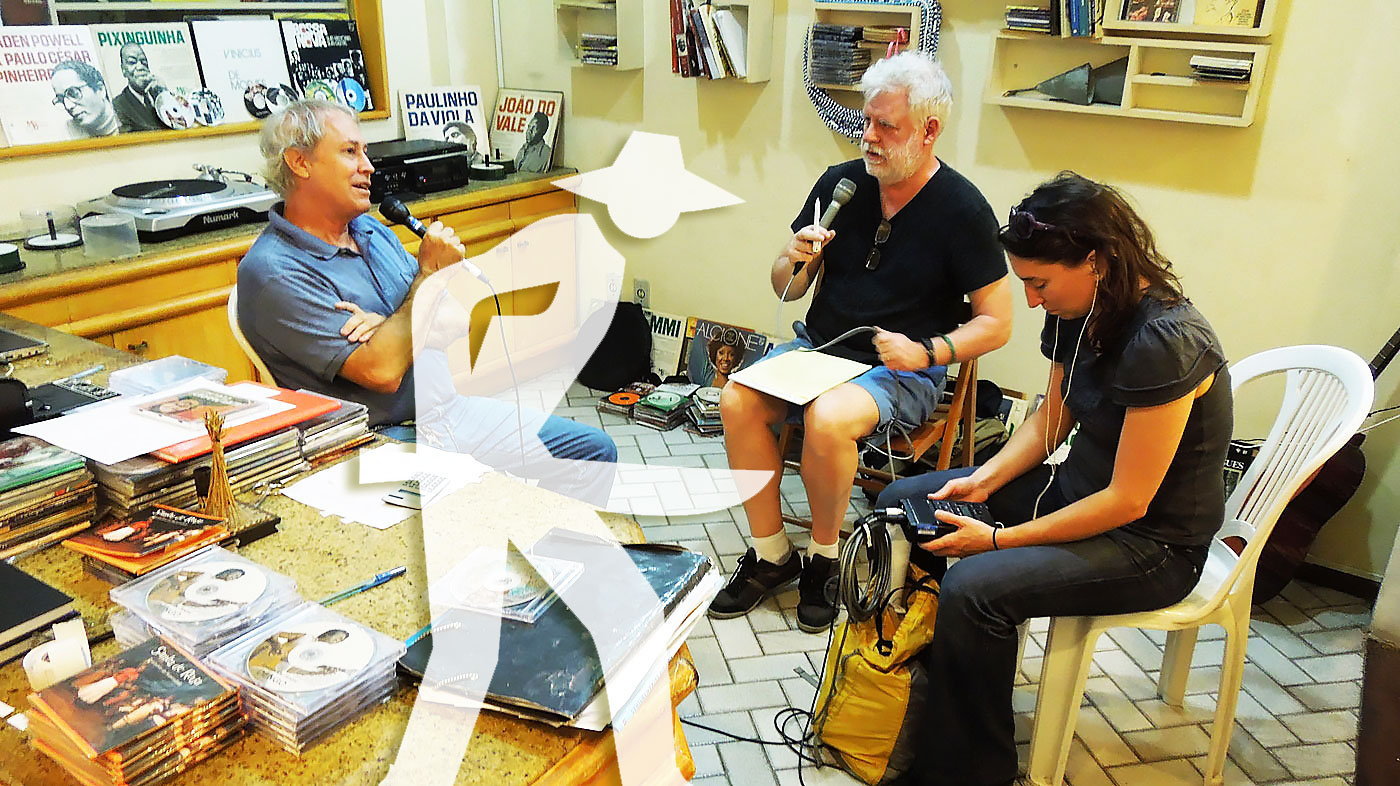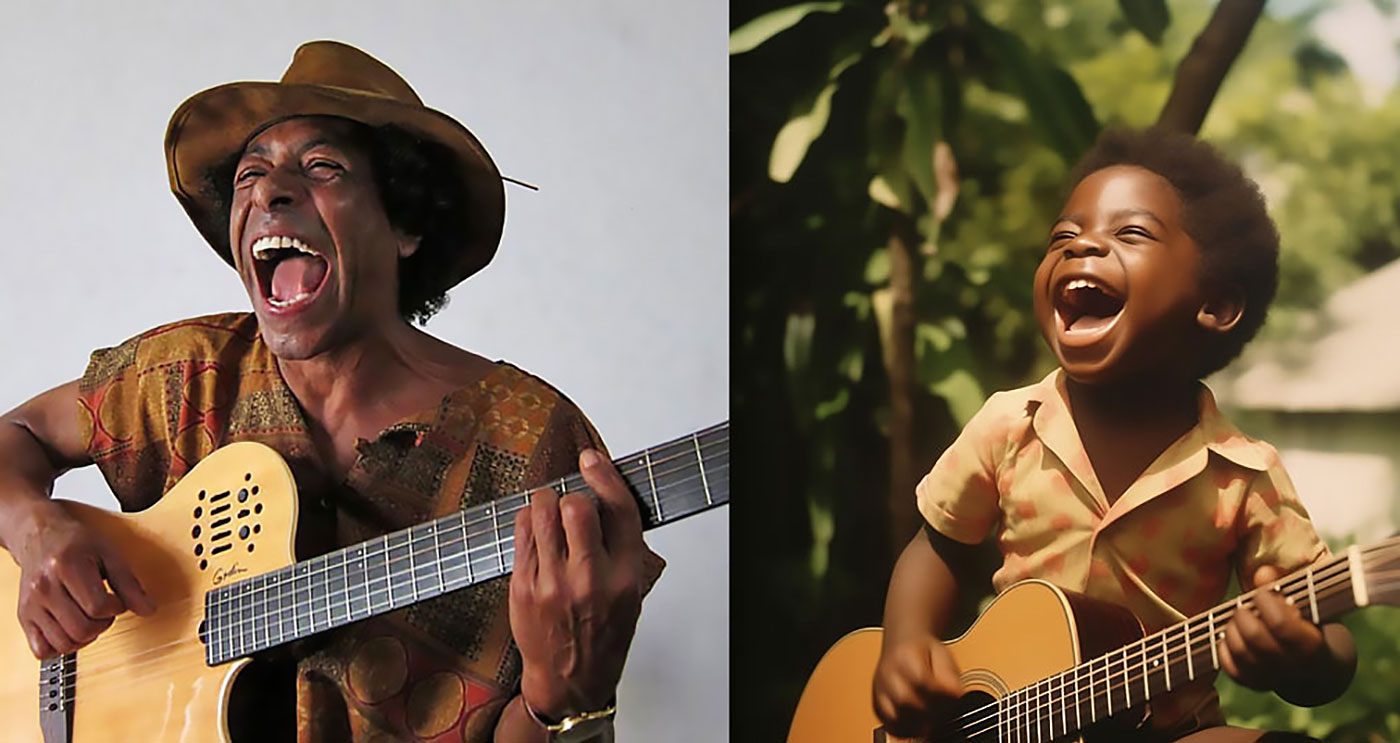CURATION
- from this page: by Augmented Matrix
Network Node
- Name: Charles Munka
- City/Place: Hong Kong
- Country: China
- Hometown: Lyon, France
Life & Work
-
Bio:
Not every artist thinks of a painting as a place. For many artists—I would venture to guess the vast majority—a painting can be anything from a discrete object or a window into a fantasy to an object out of time or a representation of an ongoing practice.
Some painters, though, think of painting in architectonic terms, imagining how future viewers somewhere down the long temporality of art history might approach the work, wondering what kind of spaces paintings might one day be displayed within, considering how paintings themselves might evoke or even create spaces for meditation, conflict, romance, salvation. This is, in some important ways, the more classical approach to painting, in that it is beholden to a religious sensibility. Every painter of a medieval altarpiece, for instance, knew exactly where that painting would reside for the duration of its worldly existence; removal would be tantamount to cataclysm.
Through modernism, the artist wrests control of the siting of the work away from the commissioning institution—the image slinks from the church to the museum, freed from something spiritual and bonded instead to systems of circulation.
Museums are, all of them, tomb raiders. In the twentieth century, artists who have built homes for their prized works have been subject to ambiguous admiration and derision, the accusation of arrogance and egoism no doubt stemming from a lingering religious aura that has, despite it all, never been entirely stripped away from painting: in creating paintings for particular spaces the artist is seen as rejecting the invisible hand of circulation, and in creating spaces for particular paintings the he builds a temple to his own hand.
The Rothko Chapel, which technically functions as a place of worship; Ellsworth Kelly’s Austin, often oddly described as an atheist temple; Monet’s Water Lilies, suspended in the air against a wall of their own; Mark Bradford’s Pickett’s Charge, and its immediate predecessor in the Gettysburg Cyclorama. These are all grand, masculine gestures that stake their claims into the frontier like so many flagpoles thrust into the surface of the moon, or the wastelands west of the Mississippi.
Charles Munka, forever a guest on the island of Sado, treads more softly. Working on the site of an old Noh stage, his paintings make place by being born of a place, as he suggests in the title: Riken no Ken, to see a detached seeing, to understand at a distance, to grasp formalized beauty and its referent—real, past, or imagined—all in the same instant.
On the exterior of the Haguro Shrine’s stage, he constructs five dark panels, five paintings of negative space that derive their graphic forms from the abstract choreographic manuals of the Noh tradition. The same pattern is repeated topographically, in Adrift, by stacked cairns of scavenged buoys, an object that washes up locally on the tides after being loosened, by nature or by accident or by villainy, from grids engaged in the aquaculture of oysters. They are nautical navigational aids, sculptural reinventions of the diagrams, street signs, and informational graffiti that Munka has lifted from the surfaces of walls, streets, and roadmaps time and time again, from rural France to the dense heart of Hong Kong. One imagines the criss-crossing wakes of the ships that have brought him here. His choreography appears again, a third time, inside of the shrine, but here reversed: crisp black lines on a light canvas, a confusion of routes that may once have traversed this very space, sucking all of the air and all of the history out of a room that nearly collapses under its own weight. Every mark, from beginning to end, is revealed to be intentional.
In making a place for these paintings, in making a place out of these paintings, Munka maps paths that do not move forward but rather pull us backward, spin us around, and deliver us right back to where we started. As viewers we stand at an altar without a specific purpose, other than to remind us that we can see what we are seeking only by stepping back from what is in front of us, to see our own detachment, and to allow the world to wash over us in waves.
by Robin Peckham
Contact Information
- Contact by Webpage: http://www.charlesmunka.com/contact
Media | Markets
- ▶ Twitter: charlesmunka
- ▶ Instagram: charlesmunka
- ▶ Website: http://www.charlesmunka.com
- ▶ Article: http://theartling.com/en/artzine/on-the-rise-charles-munka/
More
- Quotes, Notes & Etc. Charles Munka is art director for BTS Radio/Records and for Flying Lotus's Brainfeeder label.
The Matrix is a small world network. Like stars coalescing into a galaxy, creators in the Matrix mathematically gravitate to proximity to all other creators in the Matrix, no matter how far apart in location, fame or society. This gravity is called "the small world phenomenon". Human society is a small world network, wherein over 8 billion human beings average 6 or fewer steps apart. Our brains contain small world networks...
![]() Wolfram MathWorld on the Small World Phenomenon
Wolfram MathWorld on the Small World Phenomenon
![]() Matemática Wolfram sobre o Fenômeno Mundo Pequeno
Matemática Wolfram sobre o Fenômeno Mundo Pequeno
"In a small world, great things are possible."

It's not which pill you take, it's which pathways you take. Pathways originating in the sprawling cultural matrix of Brazil: Indigenous, African, Sephardic and then Ashkenazic, European, Asian... Matrix Ground Zero is the Recôncavo, contouring the Bay of All Saints, earthly center of gravity for the disembarkation of enslaved human beings — and the sublimity they created — presided over by the ineffable Black Rome of Brazil: Salvador da Bahia.
("Black Rome" is an appellation per Caetano Veloso, son of the Recôncavo, via Mãe Aninha of Ilê Axé Opô Afonjá.)
"Dear Sparrow: I am thrilled to receive your email! Thank you for including me in this wonderful matrix."
—Susan Rogers: Personal recording engineer for Prince, inc. "Purple Rain", "Sign o' the Times", "Around the World in a Day"... Director of the Berklee Music Perception and Cognition Laboratory
"Thanks! It looks great!....I didn't write 'Cantaloupe Island' though...Herbie Hancock did! Great Page though, well done! best, Randy"
"We appreciate you including Kamasi in the matrix, Sparrow."
—Banch Abegaze: manager, Kamasi Washington
"This is super impressive work ! Congratulations ! Thanks for including me :)))"
—Clarice Assad: Pianist and composer with works performed by Yo Yo Ma and orchestras around the world
"Dear Sparrow, Many thanks for this – I am touched!"
—Julian Lloyd-Webber: UK's premier cellist; brother of Andrew Lloyd Webber (Evita, Jesus Christ Superstar, Cats, Phantom of the Opera...)
"Thanks, this is a brilliant idea!!"
—Alicia Svigals: World's premier klezmer violinist
Developed here in the Historic Center of Salvador da Bahia ↓ .
![]() Bule Bule (Assis Valente)
Bule Bule (Assis Valente)
"♫ The time has come for these bronzed people to show their value..."
Production: Betão Aguiar
MATRIX MODUS OPERANDI
Recommend somebody and you will appear on that person's page. Somebody recommends you and they will appear on your page.
Both pulled by the inexorable mathematical gravity of the small world phenomenon to within range of everybody inside.
And by logical extension, to within range of all humanity outside as well.
MATRIX (PARDAL)
I'm Pardal here in Brazil (that's "Sparrow" in English). The deep roots of this project are in Manhattan, where Allen Klein (managed the Beatles and The Rolling Stones) called me about royalties for the estate of Sam Cooke... where Jerry Ragovoy (co-wrote Time is On My Side, sung by the Stones; Piece of My Heart, Janis Joplin of course; and Pata Pata, sung by the great Miriam Makeba) called me looking for unpaid royalties... where I did contract and licensing for Carlinhos Brown's participation on Bahia Black with Wayne Shorter and Herbie Hancock...
...where I rescued unpaid royalties for Aretha Franklin (from Atlantic Records), Barbra Streisand (from CBS Records), Led Zeppelin, Mongo Santamaria, Gilberto Gil, Astrud Gilberto, Airto Moreira, Jim Hall, Wah Wah Watson (Melvin Ragin), Ray Barretto, Philip Glass, Clement "Sir Coxsone" Dodd for his interest in Bob Marley compositions, Cat Stevens/Yusuf Islam and others...
...where I worked with Earl "Speedo" Carroll of the Cadillacs (who went from doo-wopping as a kid on Harlem streetcorners to top of the charts to working as a janitor at P.S. 87 in Manhattan without ever losing what it was that made him special in the first place), and with Jake and Zeke Carey of The Flamingos (I Only Have Eyes for You)... stuff like that.

Yeah this is Bob's first record contract, made with Clement "Sir Coxsone" Dodd of Studio One and co-signed by his aunt because he was under 21. I took it to Black Rock to argue with CBS' lawyers about the royalties they didn't want to pay (they paid).
MATRIX MUSICAL
I built the Matrix below (I'm below left, with David Dye & Kim Junod for U.S. National Public Radio) among some of the world's most powerfully moving music, some of it made by people barely known beyond village borders. Or in the case of Sodré, his anthem A MASSA — a paean to Brazil's poor ("our pain is the pain of a timid boy, a calf stepped on...") — having blasted from every radio between the Amazon and Brazil's industrial south, before he was silenced. The Matrix started with Sodré, with João do Boi, with Roberto Mendes, with Bule Bule, with Roque Ferreira... music rooted in the sugarcane plantations of Bahia. Hence our logo (a cane cutter).
A Massa (do povo carente) / The Masses (of people in need)

-
Add to my PlaylistA Massa - Raymundo Sodré (7,093 plays)
-
Add to my PlaylistSina de Cantador - Raymundo So... (6,909 plays)
-
Add to my PlaylistMagnetismo - Raymundo Sodré ... (6,353 plays)
-
Add to my PlaylistSacando a Cana - Raymundo Sodr... (5,957 plays)
-
Add to my PlaylistMêrêrê - Raymundo Sodré (5,465 plays)
-
Add to my PlaylistJardim do Amor - Raymundo Sodr... (4,677 plays)
-
Add to my PlaylistDebaixo do Céu - Raymundo Sodr... (4,151 plays)
-
Add to my PlaylistDesejo de Amar - Raymundo Sodr... (3,861 plays)
-
Add to my PlaylistOração pra Yá Oxum - Raymundo ... (3,741 plays)
-
Add to my PlaylistYá África - Raymundo Sodré (3,509 plays)
-
Add to my PlaylistMeu Rio, Cadê o Papel - Raymun... (3,177 plays)
-
Add to my PlaylistCasa de Trois - Raymundo Sodré... (2,896 plays)
-
Add to my PlaylistMulher é Laço que Prende o Coração do Vaqueiro - R... (2,556 plays)

































































































































































































































































































































































































































































